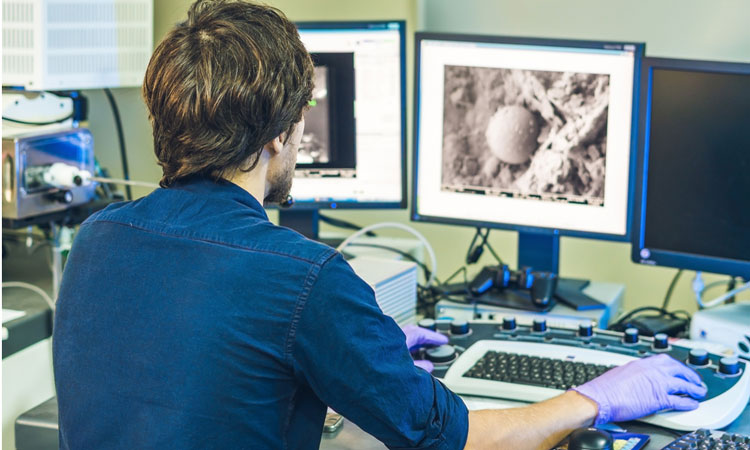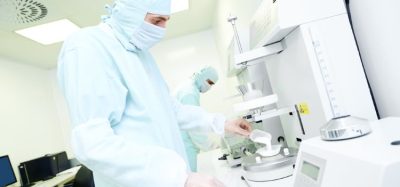Experts push the boundaries of 3D microscopy
Posted: 17 January 2019 | Iqra Farooq (European Pharmaceutical Review) | No comments yet
Researchers have developed a method that can use 3D microscopy to develop ALMOST, A Label-free Multicolor Optical Surface Tomography…


Some recently developed methods look to help researchers study the three-dimensional structure of complex surfaces and individual neurons.
VIB-KU Leuven researchers report that the new imaging protocols should advance neuroscience and biological imaging in general. The biotech research and development sector seems to be thriving, with the development of lots of new technology that enables scientists to research into new therapies for disease.
Dr Sebastian Munck and Dr Natalia Gunko, both at VIB-KU Leuven, described how they studied 3D surfaces and the 3D ultrastructure of brain cells. Recent advances in 3D microscopy have enables the imaging of whole organisms, such as zebrafish, mouse embryos and fruit fly larvae. In many cases, scientists first have to ensure that the sample is transparent, through the use of clearing methods.
“Clearing methods are time intensive and can’t be applied to every type of sample. Moreover, if you want to study surface morphology or colour, optically clearing is counterproductive,” said Dr Munck.
Dr Munck and his team developed an optical method for 3D surface imaging of reflective opaque objects called ‘ALMOST’.
The describe the term standing for ‘A Label-free Multicolor Optical Surface Tomography’, with Dr Munck mentioning that “it provides a 3D surface reconstruction of non-transparent samples, including information on its colour and reflective properties.”
He goes on to describe how the method can be used across biologican and non-biologican samples, and is a straightforward way of documenting and quantifying 3D structures.
“The ability to record the surface of a medium-sized object in 3D opens perspectives for digital repositories of zoological and botanical collections and enables a link to 3D printing of these objects. From pigment analysis to virtual reality, or even art, the possibilities are endless,” he said.
A few centuries ago Dr Camillo Golgi developed a method used to stain individual brain cells, now referred to as the Golgi method.
According to Dr Gunko, “Golgi staining techniques are still widely used in research and clinical diagnostics, but they are incompatible with further studies of the subcellular architecture of neurons with electron microscopy due to the formation of large, electron-dense silver deposits that mask ultrastructural details.”
Dr Gunko and her team adapted this method for electron microscopy by replacing silver salts with gold salts. This resulted in tiny particle that are deposited at the peripheral end of neurons.
“It’s the first successful use of a Golgi-based staining technique for tracing neurons over their entire length, preserving the ultrastructural details,” said Dr Gunko, who immediately applied the technique to study neuronal ultrastructure in an Alzheimer’s disease model.
“We combined the Golgi staining with fluorescent labeling and tissue clearing to visualise spatial relationships between entire neurons and amyloid plaques in brain samples of an Alzheimer’s mouse model.”
Related topics
Analytical techniques, Cellular Imaging & Analysis (CIA), Imaging, Microscopy, Research & Development (R&D)









